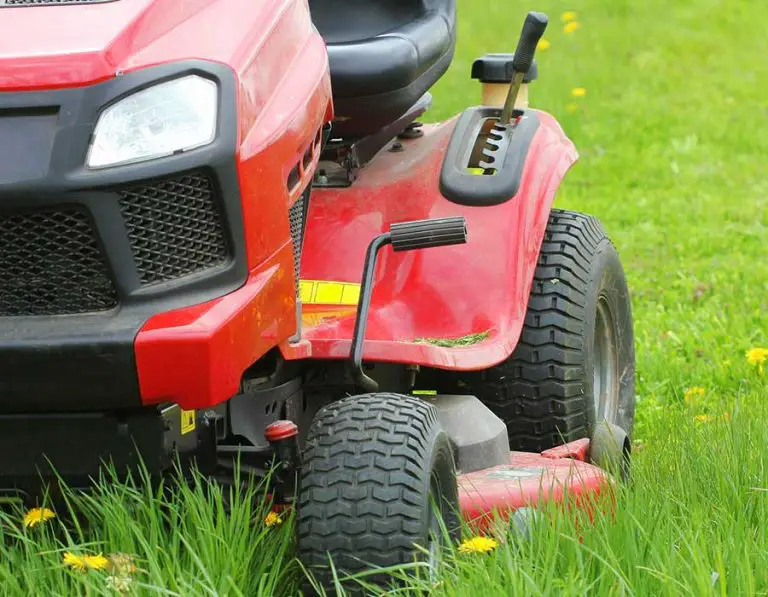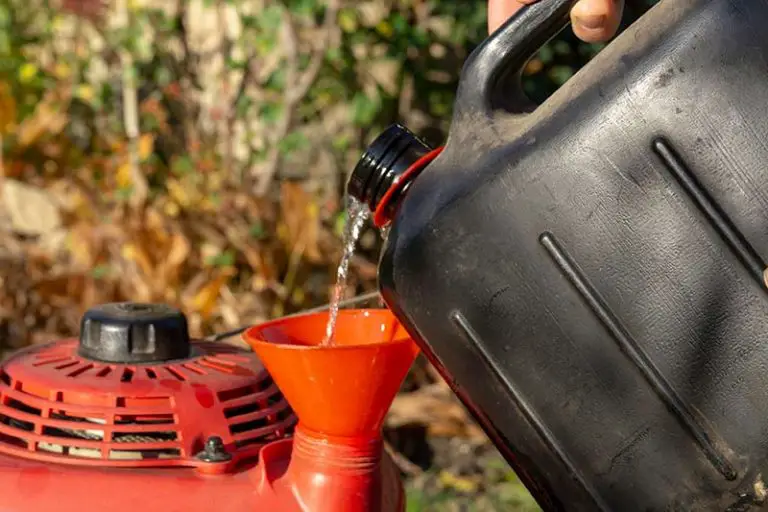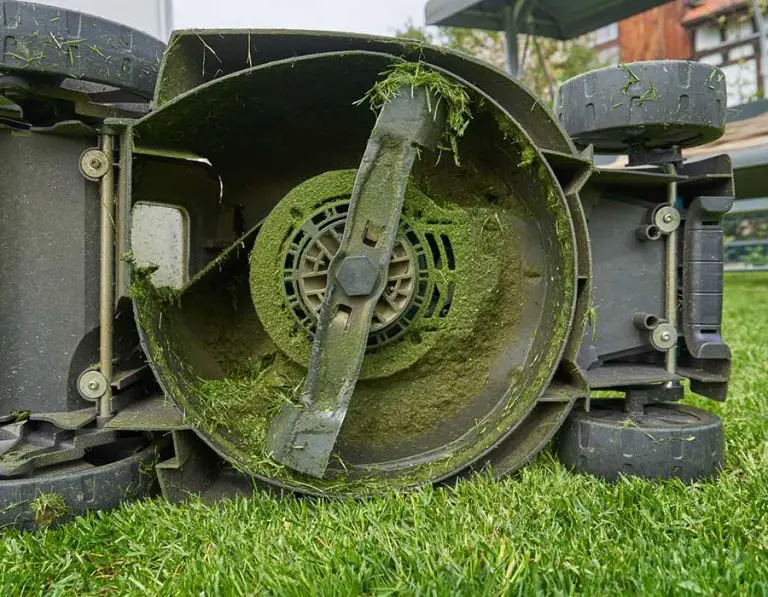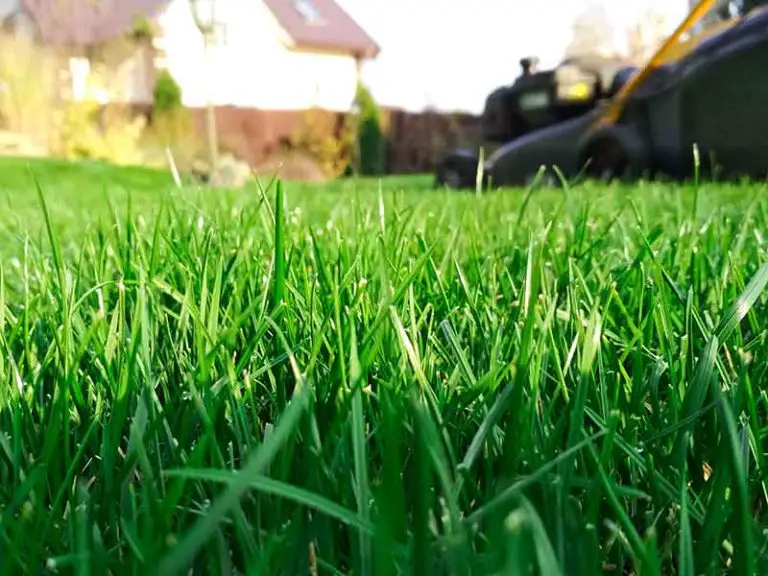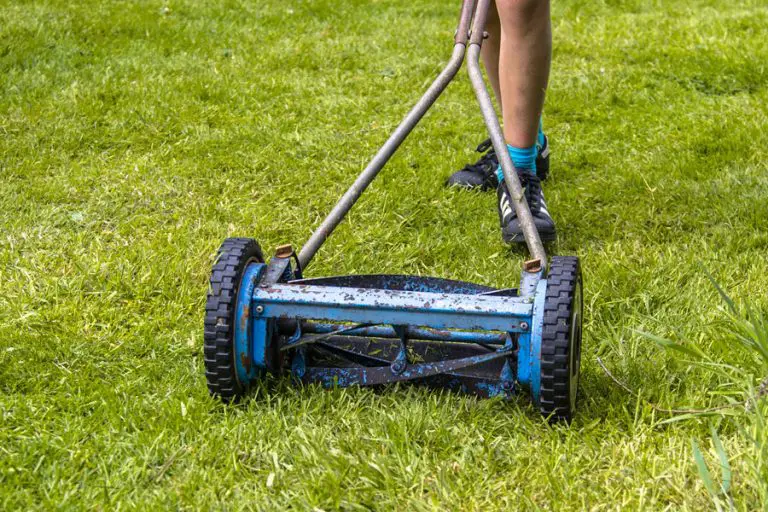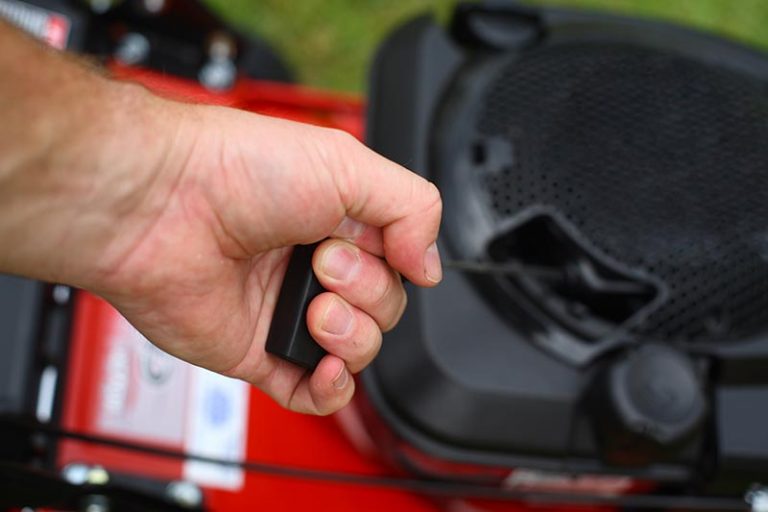What Causes a Riding Mower to Cut Uneven?
Riding mowers can be expensive, bulky pieces of equipment that may leave you feeling lost when something goes wrong.
In such a case, it’s important to know the underlying causes that may lead to these difficulties, and see if the issue can be rectified before further intervention is needed.
There are many reasons which may cause a riding mower to cut unevenly, including dulled blades, uneven terrain or simply a screw loose. They work very similarly to more traditional lawn mowers, and aren’t immune to many of their issues.
Knowing what to look for can help you diagnose and solve the issue quickly.
What is a Riding Mower?
Riding mowers, as the name suggests, are a type of mower used for large areas. They are mounted in a similar way that tractors are, and are ridden as opposed to being pushed. In fact, some of the larger riding mowers on the market are known as tractor mowers. Riding mowers are heavy, big and are often powered by gas due to their size and power demand. These mowers are typically used for cutting grass that is in a space larger than 1 acre, and are known to be the largest and most efficient lawn mowers available.
Riding Mower Benefits
There are many benefits to using a riding lawn mower as opposed to a push mower. Whilst these benefits may be outweighed by some disadvantages, they are ideal for those who have large yards, good storage space, and like their lawns looking fresh and maintained.
Why is it Important to Cut a Lawn Evenly?
The quality of a lawn cut can impact the health and overall look of the grass itself. An uneven lawn will look unmaintained and unsightly, whilst also having additional effects on the grass itself. A lawn should be cut between 2-3” in height, to allow grass to maintain its health.
A short lawn can lead to unwanted disease, fungus and weaknesses within the grass’ defense. Cutting a lawn too long can also lead to issues, and could potentially leave you recutting it more frequently.
Making sure that a cut is even throughout the lawn can reduce any risks of disease or the need to recut it more frequently.
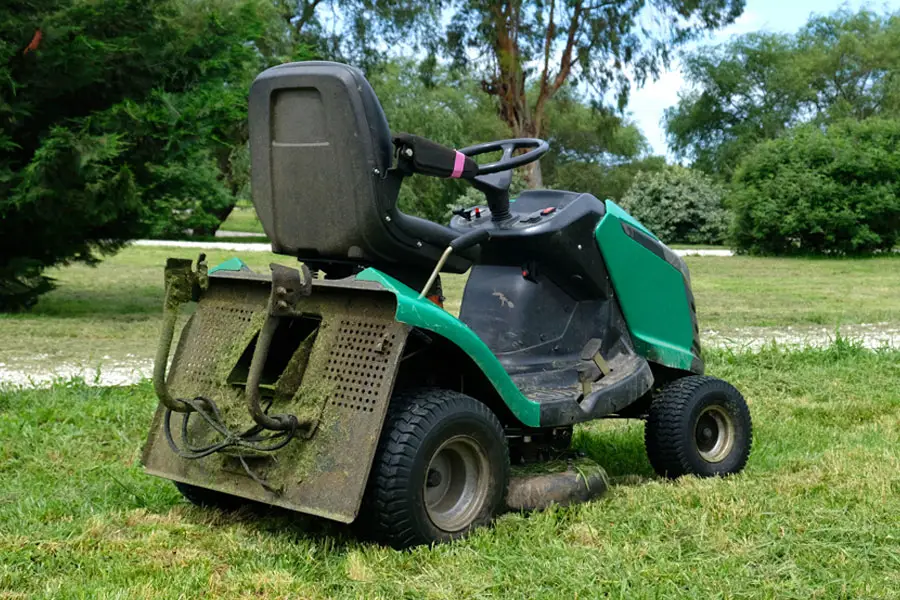
Riding Mower Cutting Unevenly
There are many different reasons why a riding mower may cut grass unevenly. Knowing what to look out for may save you time and money, as you may be able to fix the issue yourself.
Blades
Any issues regarding the quality of a cut have a high chance of being related to the blades that are installed on the lawn mower. There are plenty of different types of lawn mower blades available for different specialities. Blades that need replacing or are attached incorrectly will often provide an uneven cut that may be evened out if repeatedly mowed over. You may also find yourself struggling repeatedly to cut certain areas of grass, and may find that your output is slower than usual.
In order to check your blades, make sure the machine is fully switched off and unable to power up before removing them from the deck. From here, you can inspect them further and decipher whether the issue lies within the blade itself or whether they have not been attached properly. The wrong type of blade may also be installed on the lawn mower, especially if you have noticed uneven cutting since replacing the blades.
You can often tell just by looking at a set of blades whether they need to be replaced or sharpened. Typically, blades on a lawn mower should be replaced or sharpened any time between 25-200 hours of use, depending on the quality, size and type of blade. Replacing or sharpening lawn mower blades should become a habit during yearly maintenance, when lawn mowers are winterized, relieved of their fuel and stored away for cold winter months.
Different types of lawn mower blades do different jobs, make sure that the lawn mower you have is using adequate blades and that they are correctly installed.
Deck
If your blades are not the cause of your uneven cutting, you may need to look further and consider the possibility that the lawn mower’s deck is not levelled correctly. An unlevelled deck can be a nuisance, and can lead to an uneven cut that is shaped like a set of steps. This stepped cutting is sharp on one end and dips on the other end, which looks odd and very noticeable.
An unlevelled deck can also be to blame when your lawn mower scalps the ground. This occurs when the deck is too low, and therefore cuts the grass too short. To level your lawn mower deck, ensure that all tyres are inflated to their recommended height to ensure that the evenness of your lawn mower’s blades are not affected by them.
Readjusting your mower’s deck is an easy process. Simply have your riding mower on a level surface and ensure you have the following tools:
- Wrench
- Tape measure
- Gloves
- Tire pressure gauge
Readjusting a Riding Lawn Mower Deck
Readjusting a lawn mower deck may seem like a complex task, but it is fairly simple and fast if the correct steps are followed.
- Make sure your lawn mower is secure, stabilized and unable to turn on. Ensure that there is no way in which the engine can turn on. Disconnect the spark plug to ensure that nothing can possibly turn the engine on.
- Ensure all tires are at the correct and maximum pressure level. This ensures that one deflated tire does not affect the deck’s level.
- Make sure that the blades are to the sides and use the tape measure to measure the edge of each blade to the level ground. Repeat this on each side of the lawn mower. Make a note of the measurements and subtract the two numbers to get a difference. If there is more than a ⅛” difference, then a readjustment is needed.
- In order to begin adjusting your lawn mower’s deck, turn the lift link nut that is located at the front, near the wheel on the left. A full turn of this nut will increase the height of the lawn mower by 3/16”. Turning clockwise will increase the height, whilst turning counterclockwise will decrease it.
- Once satisfied, remeasure the blades the same way as before and ensure that they are within 1/8 “
- Rotate the blades so that they are in a front to back position. With the bottom edge of the blade, measure the distance between the ground and the blade at the front and rear blade tips. If they are ⅛” to ½” lower than the rear blade tips, then no further readjustments are needed. If they are outside of this range, they should be adjusted until they are.
- This adjustment is made by taking the wrench and using it to turn the jam nut several times to loosen it. The front of the lawn mower is dropped by loosening this nut, and is raised by turning it clockwise.
- Remeasure the blade’s differences to ensure that they are within the acceptable range.
- Prepare the lawn mower for usage again, by ensuring all components are reattached and fully secured to the machine.
Clogged Deck
A clogged deck could also potentially lead to an uneven cut. A clogged deck is the result of debris being caught under the mower’s body, causing blockages and improper blade movement. This is a very simple fix, and simply includes cleaning the undercarriage of the lawn mower if there is a build up of debris. In order to do this, make sure the lawn mower has no source of power and that the blades are detached. Simply use wire wool, a brush and some water to remove the build up debris from the mower deck.
Fast Mowing
Mowing too quickly can lead to uneven lines, areas of grass that have not been correctly cut, and missing areas. If you are finding patches of grass that have not been mowed correctly, whilst others have been, it may be due to the speed at which you were mowing. Make sure you mow steadily and try not to rush.
Overlapping Rows
Mowing over a row that has already been cut may result in uneven patches where the two rows collide. This can be down to a lack of experience in using a riding lawn mower, or simply from rushing. Taking more care when maneuvering your lawn mower can help reduce the risk of overlapping occurring, and can help you achieve neater mow lines.
Final Thoughts
Uneven lawn cutting can look both unsightly and be damaging to your lawn’s growth and development. Knowing the cause of this can help prevent it from happening in the future, and allow your lawn to grow much more successfully and without any complications.

